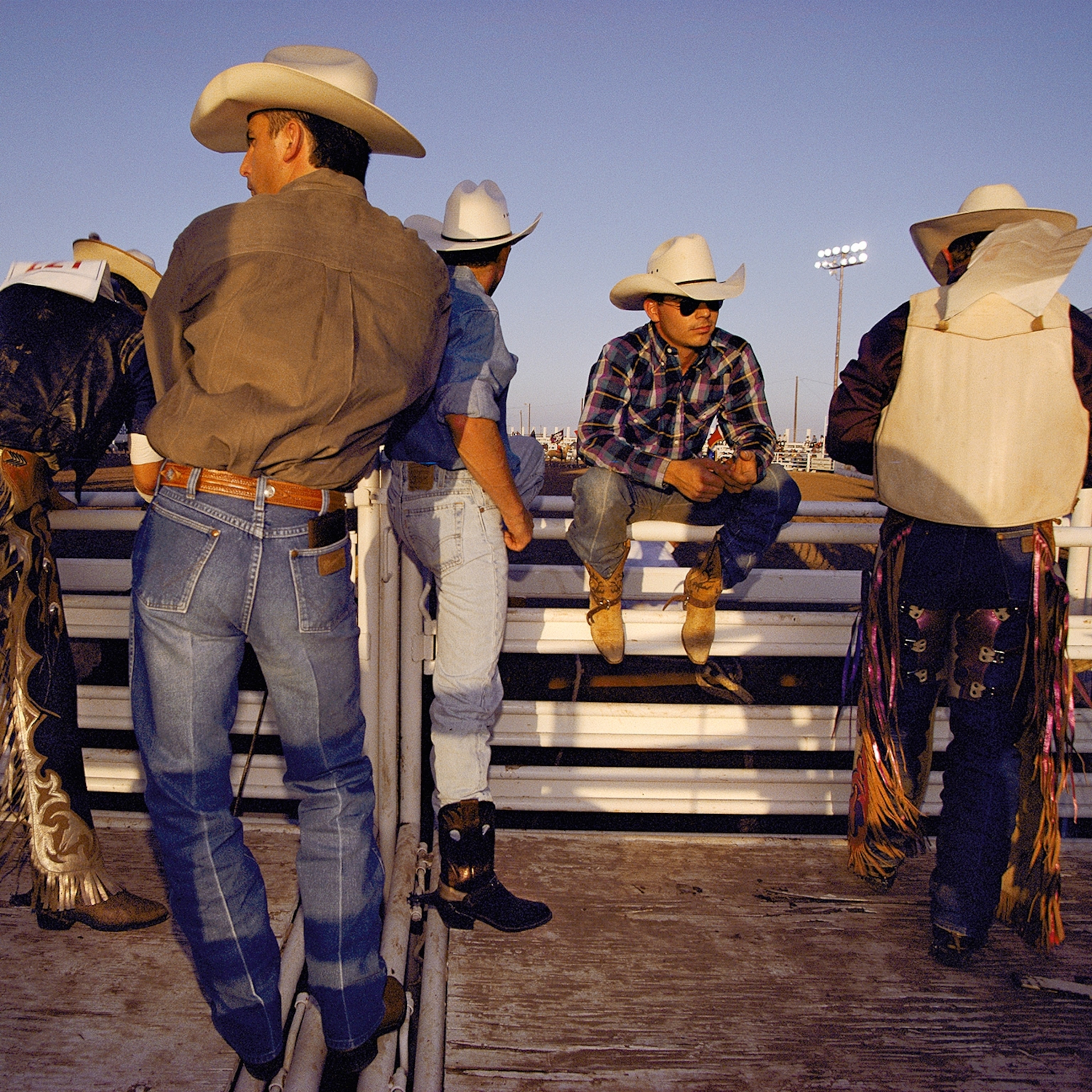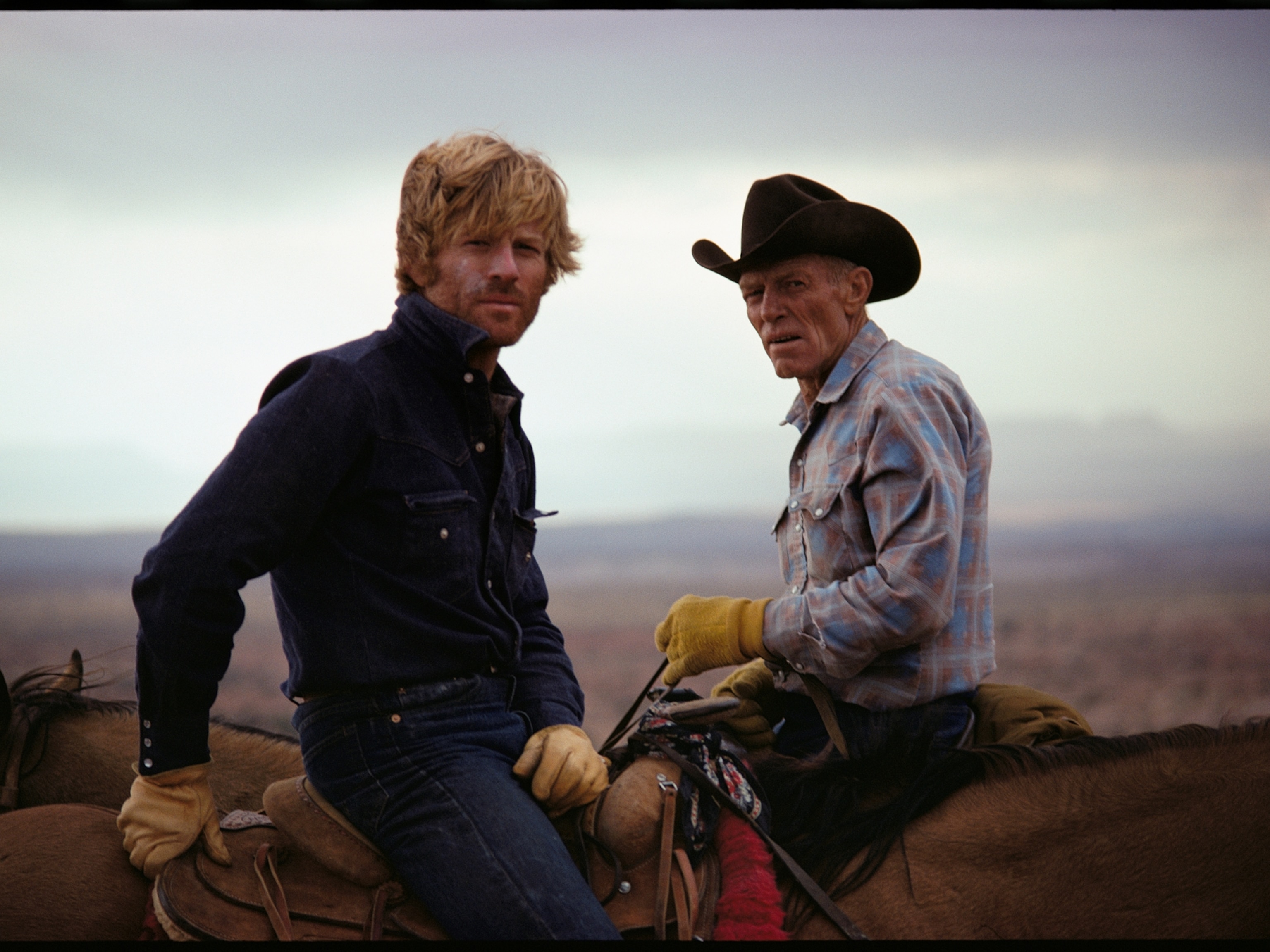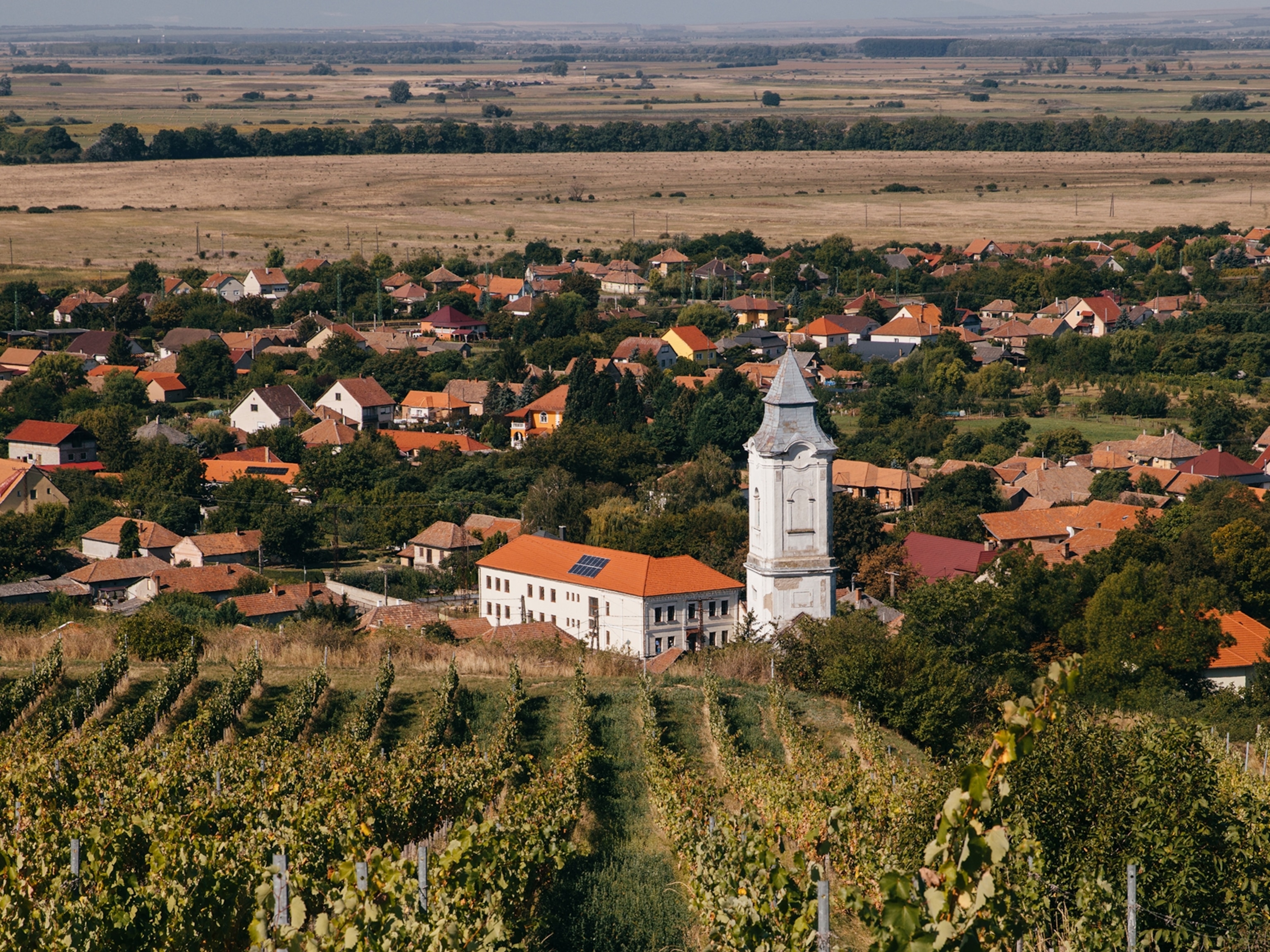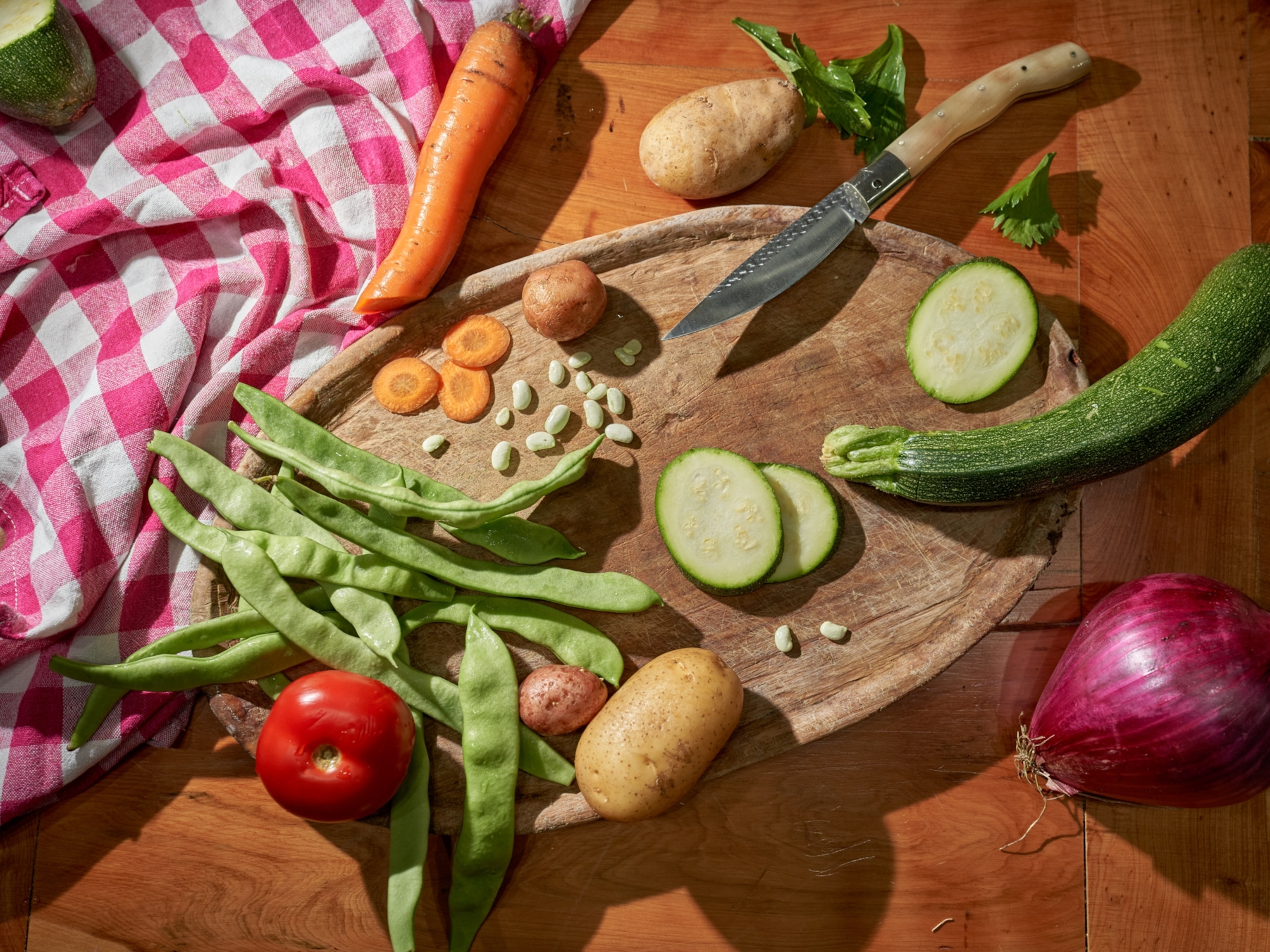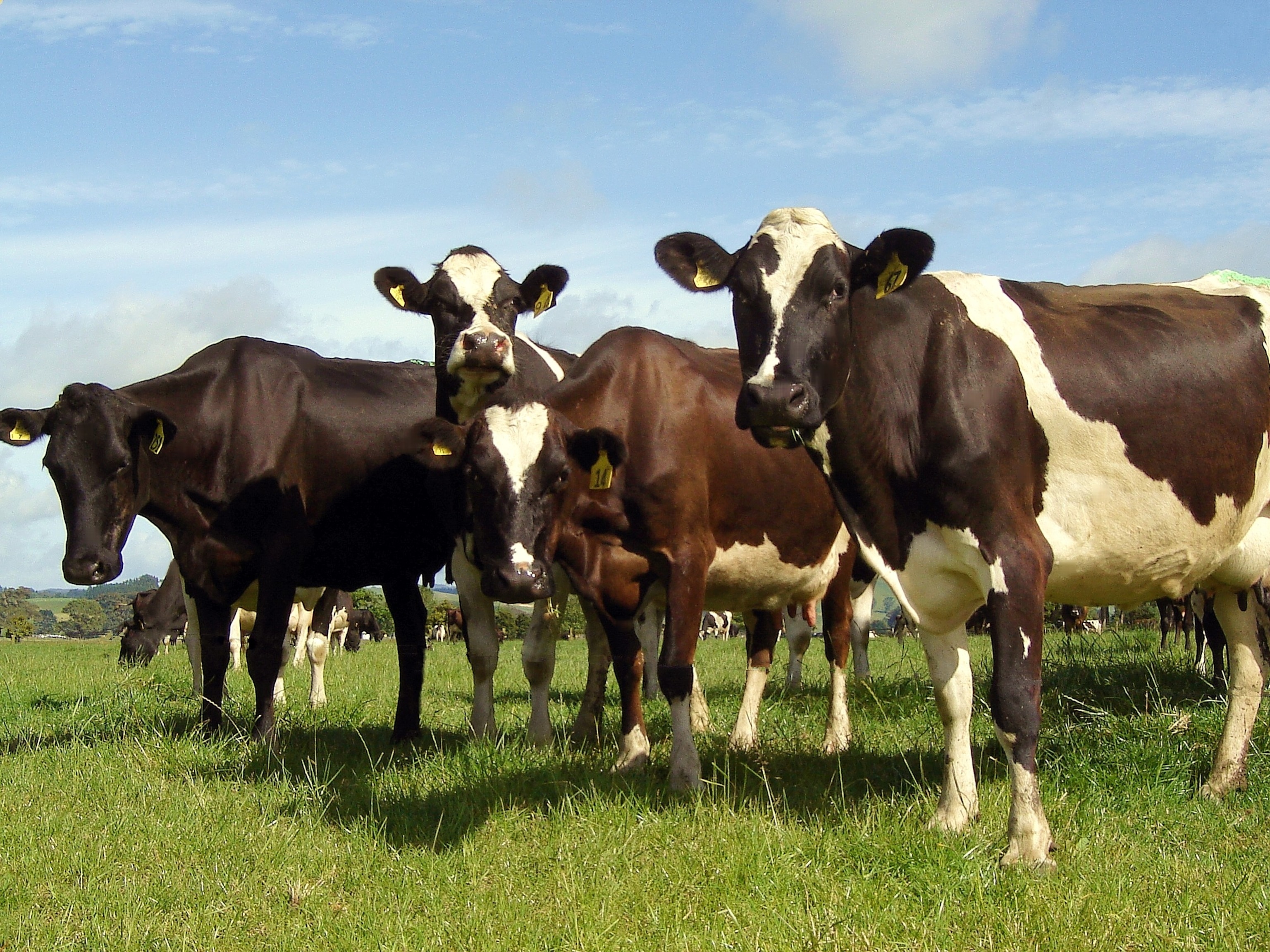
Off Grain, Onto Grass: An Author Urges Changes in Animal Farming
How do you alert people to the problems of industrial-scale farming?
The issues are urgent, but they are also difficult to confront: The indifference to animal welfare, the strip-mining of poor countries’ resources to feed the rich, the environmental damage and antibiotic overuse can be so hard to face that many people just turn away.
Philip Lymbery, animal-welfare activist and chief executive officer of the international nonprofit Compassion in World Farming, has struggled with this conundrum his entire career. So when he decided to write a book to spread the message of returning animal welfare to agriculture, he chose to do not an expose or a manifesto, but something simpler and more seductive: a travelogue.
Lymbery spoke about his new book, Farmageddon: The True Cost of Cheap Meat (Bloomsbury USA), at last weekend’s Decatur Book Festival, the largest independent book fair in the United States. I introduced him, and the day before, we chatted about the book and his adventures reporting it with journalist Isabel Oakeshott. I’ve edited our conversation for clarity and length.
Maryn McKenna: Why write this book at this moment?
Philip Lymbery: We just fought a prolonged battle to stop Britain’s first US style mega-dairy, which would have put 8,000 cows permanently indoors on concrete. The average English dairy herd is 100 cows and most of them are kept in fields most of the year. Local people, children, environmentalists, foodies, celebrities got onboard this campaign to insist that cows belong in fields, and we were successful in stopping it. However, what was clear is that, 50 years on from the first onslaught of factory farming, which really emanated from the US—battery cages for laying hens, field crates for veal, gestation crates for sows—a new wave of hyper-industrial farming, mega farming, is about to sweep across the world. I felt that we needed to tell a story of why we should resist.
Maryn: Your group is based in England, and the book was published there before being released in the US. I wonder whether the reaction here will be different, because concentrated indoor agriculture is not just common here, but also hidden from view because this country is so big.
Philip: Indeed, you can’t go into any store here in America and buy “battery eggs”—they are marketed as “farm fresh” or “country fresh.” Whereas in Europe, it is mandatory that they be labeled as being from caged hens. That’s the first layer of secrecy that is used to perpetuate factory farming: Keep the buying public in the dark.
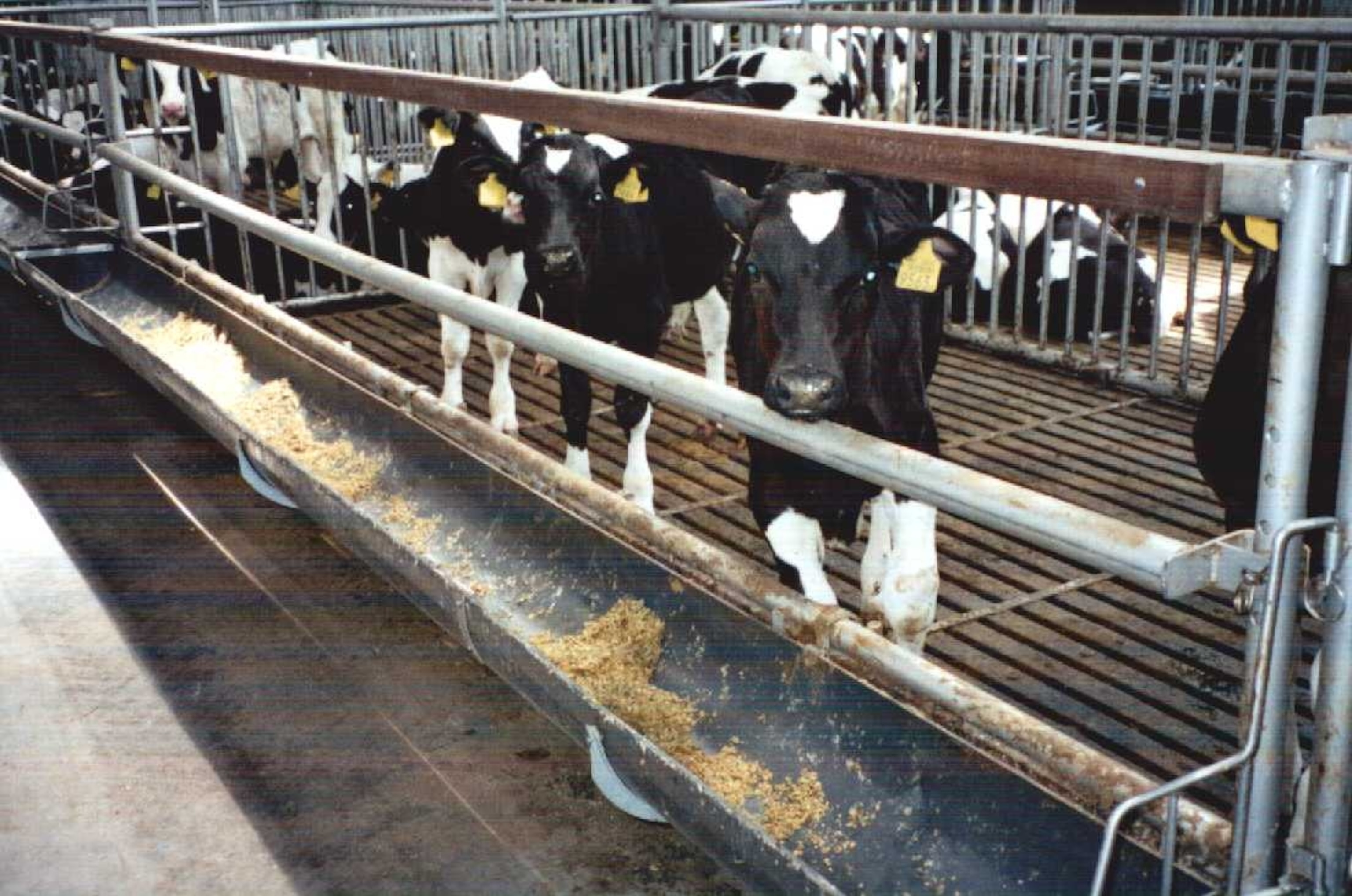
Maryn: When you talk to people about the scale and reach of factory farming, are they surprised? Is it news to them?
Philip: Horrified. It’s why I thought it was so important to work with my co-author Isabel, who is a new mother, and who had no experience with this.
You know, Brits love the idea of California—Hollywood, Tinsel Town, LA—so we went there as our very first trip. But rather than going to those iconic places, we headed into the Central Valley, amongst the vast monocultures of almonds. We stood amongst these perfectly regimented rows of trees and I said to her, “Listen, just listen.” You know what we heard? Nothing. Not the sound of a bird or the buzz of a bee. All we heard, in the distance, was the low thud of a helicopter that was pesticide-spraying nature into oblivion. She turned to me and said, “I get it now.”
Maryn: It’s becoming very common to hear that factory farming may be unpleasant, but is needed to feed the world, the extra 3 billion people who will arrive on the planet in the next 35 years. How do you respond to that?
Philip: The rhetoric about needing to produce more is the rhetoric of those stuck in a time warp. We didn’t always have enough food in the world. In the 1960s there was a serious problem, which is why we saw governments rightly placing emphasis on boosting production. But that problem has been solved spectacularly. The problems of the 21st century are about access to food.
Globally, industrial-reared animals are eating enough cereals and soy to feed an extra 4 billion people on the planet. If they gave back a near-equal amount of calories in return, in the form of meat, milk and eggs, that might not be a bad swap. But the tragedy is that, on average, factory farmed animals waste 70 percent of those food calories in conversion to meat, milk and eggs.
Maryn: As you took this global tour, what shocked you the most?
Philip: China. Factory farming on a frightening scale is popping up all over the place. One company that we visited produced no pigs at all in 1992. By 2017, that one company will be producing as many pigs as the entire British pig industry. One company. It already has 20 small towns, factory towns fenced off in chain-link, raising pigs. We were shown around the 21st, and there were others coming on-stream.
Maryn: When you ask for people to oppose factory farming, are you asking them to oppose all animal-raising? Is this a disguised call to go vegan?
Philip: This is not, in any way, a call to vegetarianism. This is a call to put animals back on the farm. Pasture is one of the most ubiquitous habitats on the planet, covering 25 percent of the ice-free land surface. This is about using that ubiquitous habitat to produce great food in a way which is environmentally friendly and kinder to animals, leaving much-scarcer arable to grow crops directly for people.
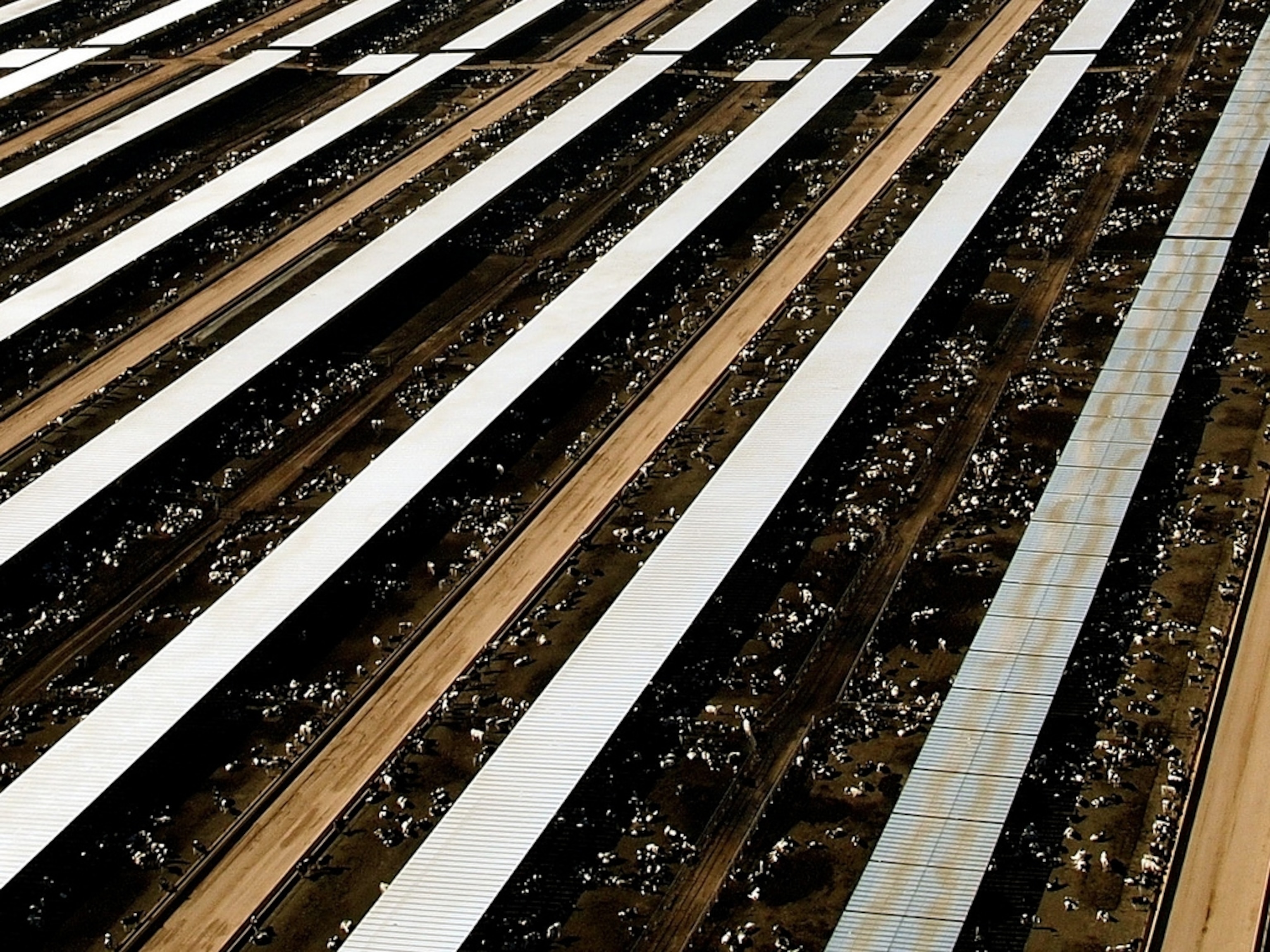
Maryn: When I talk to people about how agriculture is conducted now, what I often hear back is a sense of powerlessness: The industry is so big that individuals don’t understand how to make a difference. What’s your advice to the average eater or shopper or mom?
Philip: Three times a day, through our meal choices, we have an opportunity to change our lives and thereby help change the world. It’s as simple as buying free-range eggs, pasture-raised beef and chicken, and looking for milk that has come from cows that have been able to graze. Looking for these foods will not only give you tastier food that is of higher nutritional quality: It will also have benefits that go beyond the boundaries of your family. We’ll start to support family farms, will help to support a better environment, and will help to feed the world in a more humane and efficient way. It’s a simple thing. Choose better food and let nature do the rest.
This story is part of National Geographic’s special eight-month Future of Food series.

